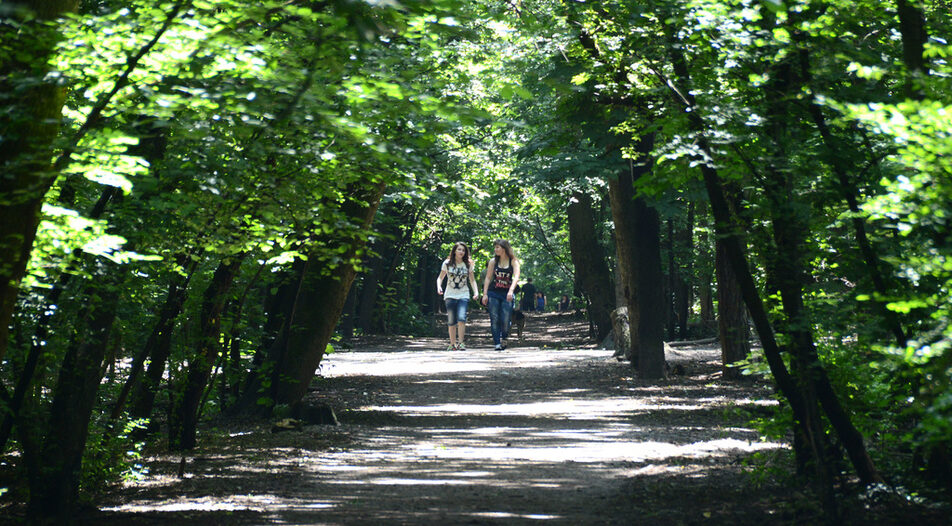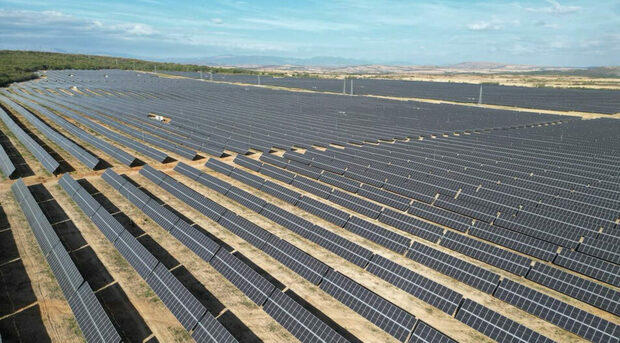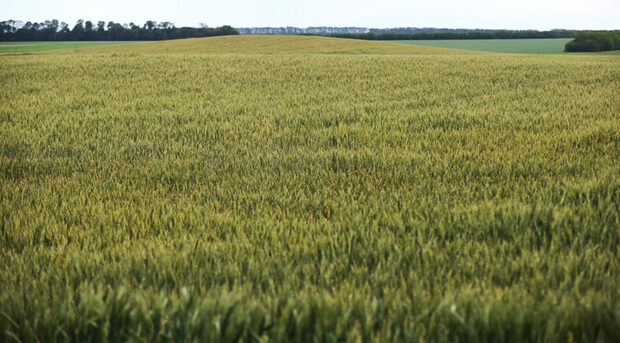As our dedicated readers will doubtless be aware, the team at Capital Weekly and KInsights consider improving the urban landscape of Bulgarian cities to be essential, and we actively support any good ideas to that end. While our "City Lovers" initiative focused on ideas from places outside the capital, we will now turn our attention to Sofia.
The city of around 1.4 million people has the country's largest municipal budget (about 1.8 bln BGN in 2021 alone) and has received 3 billion euro from the EU over the past decade. Yet, visitors and residents alike will know of its major issues with traffic, irregular and inconvenient public transport, poor road repairs, and a lack of pedestrian and bicycle zones, among other infrastructure problems. During the last 12 years, the capital has been governed by Mayor Yordanka Fandakova from GERB and, excluding a few (botched) repaired boulevards, the subway and the construction of a garbage plant, there have been few substantive improvements to the quality of life in the city.
Now, as Sofia has been nominated for a "Green Capital of Europe" award this year, the municipal authorities have finally decided to try to improve the city's quality of life. To their credit, they have decided to sponsor civic-led green initiatives under a program called "Sofia Choses Green" that will fund several projects with up to 1 mln BGN. There are about 35 submitted projects, ranging from modest ones, like transforming inter-block spaces in residential areas such as Mladost into gardens, to more ambitious ones, including the creation of brand new parks. We've selected seven of the most interesting projects and will present them to you below, but make sure you check out all of the submissions (and even vote for them by 14 March if you live in the territory of the capital) on the Municipal website.
- Environmental Civic Crowdfunding
We all know the world-famous online portals KickStarter and Indiegogo, which fund innovative ideas from citizens and startups by engaging the public and attracting funding from citizens and businesses. Well, the Corporate Social Responsibility Association has proposed the creation of a website that does the same, but for municipal projects. They call it "Civic Crowdfunding" and aspire to see firms "adopting" certain urban development initiatives, proposed by citizens or their employees, active citizens promoting and seeking support for the implementation of projects often neglected by the authorities, and more. The CSO Association cites similar projects working in Belgium (Growfunding) and London (Spacehive), among others.
- Urban farming for school children
Many Bulgarians who have grown up visiting their grandparents in villages often lament the disconnection between the younger generation and rural life. Well, the Association of Environmental Management Specialists (AEMS) has an idea to offset that - urban farming. The project AEMS proposes designating spaces for shared urban gardening for schoolchildren in six schools and kindergartens across the capital and only requires about 112,000 BGN to implement (according to project calculations). With this money, organizers hope to create several gardens with greenhouses, plant beds, garden sheds with instruments and, of course, designated training for teachers who would help children get into the world of agriculture.
- Green Ghettoes
Two of the proposed projects turn an eye towards the all-but-forgotten Fakulteta Roma district on the city's Western outskirts. Unfortunately, this neighborhood has long been sidelined by the Municipal authorities and ostracized by other Sofians because of its segregated and predominantly Roma population. Two teams - the Trust for Social Initiative and a group of architects - propose two solutions to make "ghetto" life greener and better for locals. The idea of the first project is to see an empty green field turned into a large playground, while the other one has a bigger ambition - to connect the district with the rest of the city via a bicycle lane, create a domed social space and an alternative space for children in unused cargo containers next to one of the schools.
- Pump track - Sofia

"More bicycles today, cleaner air tomorrow" is the project's motto, proposed by Kiril Ivanov that foresees the creation of a special zone for bicycles, skateboards, scooters and even wheelchairs. It is called "Pump track" and it is practically an asphalted bumpy track that can be placed in a park or an inter-block space in one (or more, if there are sufficient funds) of the city districts.
- Riverside square "Lions' bridge"
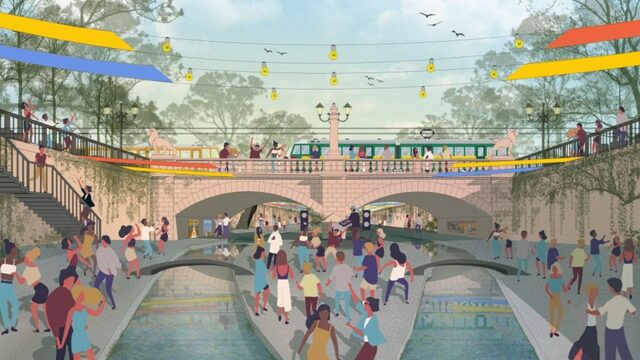
Now this is a big one - and actually follows several steps already taken. In the past two years, the "Collective"... collective, a group of architects, urban planners, culturologists and enthusiasts organized two festivals ("Rivers of Sofia") that celebrated the forgotten rivers of Sofia. Yes, these canals that you see next to Lions' and Eagles' Bridge are, in fact, the Vladayska and Perlovska rivers, respectively. The "Collective" now hopes to turn one of these spaces - the part of the river under Lions' Bridge - into a permanent park and cultural spot with small bridges, benches, a stage, light and greenery. It would be the first step in developing the forgotten river canals that crisscross Sofia as viable parks and recreation areas.
- Cleaner air for our children
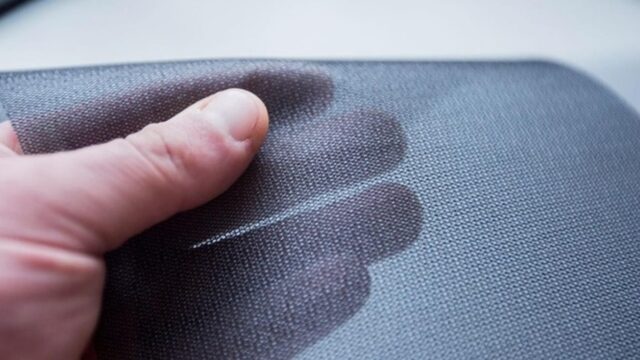
Clean air has become a leading theme for Sofians in the last couple of years, especially since the AirSofia project that maps air quality in the city through crowd-sourced information collected by sensors. Another proposed project relies on data collected by AirSofia - the "Cleaner air for our children: Less dust, viruses, bacteria and allergens, cleaner air for the kindergartens of Sofia." Once again proposed by the CSO Association and volunteers, it foresees the installation of the AIRATE nano-fiber filtration membrane on all windows of kindergartens across the city.
- Parks, parks - big and small
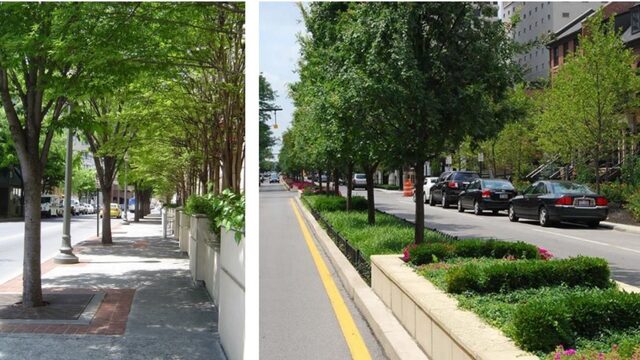
Last, but not least, comes the category of parks. The creation of new parks, revamping of existing ones or turning small inter-block gardens into micro-parks is, in fact, the most widely proposed type of intervention - one third of all submitted projects fall more or less into this domain. We will single out just a few - the "Two handfuls of park" - a project proposed by the residents of Block 238 in Mladost district, who want to turn their inter-block space into a micro-park; The creation of the Mokrenski Pass park in the Krasno Selo district; and making the Andrey Lyapchev boulevard greener and prettier by planting trees.
Sofia's parks, although large and well-maintained, are not equally distributed across the capital. Hence the focus on new green spaces.
Did you like any of these ideas? If you live in Sofia, you can still vote for them until 14 March, so go ahead, check them out and cast your vote for a better, greener capital of tomorrow.
As our dedicated readers will doubtless be aware, the team at Capital Weekly and KInsights consider improving the urban landscape of Bulgarian cities to be essential, and we actively support any good ideas to that end. While our "City Lovers" initiative focused on ideas from places outside the capital, we will now turn our attention to Sofia.
The city of around 1.4 million people has the country's largest municipal budget (about 1.8 bln BGN in 2021 alone) and has received 3 billion euro from the EU over the past decade. Yet, visitors and residents alike will know of its major issues with traffic, irregular and inconvenient public transport, poor road repairs, and a lack of pedestrian and bicycle zones, among other infrastructure problems. During the last 12 years, the capital has been governed by Mayor Yordanka Fandakova from GERB and, excluding a few (botched) repaired boulevards, the subway and the construction of a garbage plant, there have been few substantive improvements to the quality of life in the city.








